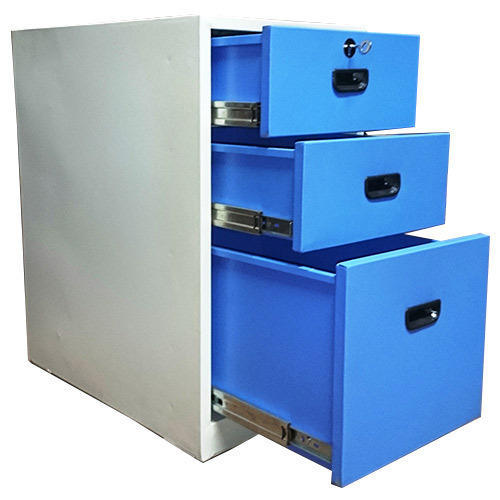
The Facts
- The great paradox of the information technology revolution is that it has created more paper output, not less. As a result, it is estimated that 90% of today’s corporate intelligence remains on paper.
- International Data Corporation estimates that the amount of paper being created by businesses was doubling every five years in 1985. By 1994, it was doubling every nine months.
- Today it takes only six months for the amount of paper output to double. Managing this mass of output is extremely costly.
- 60% of an employee’s time is usually spent working with documents.
- 10% is actually spent reading the information the rest of the time is spent looking for the document.
- This results in up to 750 hours per year of unproductive time for a manager and up to 150 hours per year for an executive.
Some Facts About Documents
- The average company spends 25 hours recreating each lost document information. integrated Solutions Magazine December 2002
- More than 7% of all documents get lost and 3% of the remainder are misfiled. The Accounting Firm Cooper and Lybrand.
- Most offices waste 65 cents of every dollar on handling records. The Association of Records Managers and Administrators (ARMA).
Document Storage Was Too Expensive
- Documents that were “closed files” needed to be kept (by law) from 3 to 10 years. This meant that you either had to rent off-site storage (which made it difficult to retrieve those files when needed), or have many filing cabinets to store files (costing valuable rent space).
- If you use on site storage each filing cabinet would require approximately 5 sq feet of office space. 10 filing cabinets would take up to 50 sq.ft and at an average lease of Rs 100 per sq.ft. annually, is equal to Rs 60,000 per year in lease space alone.
Filing Took Too Long!
- One company that we interviewed had three fulltime filing clerks to file up to 1000 documents per day.
- These same files would have to be “pulled” anytime somebody called requesting information.
- Three file clerks who are paid @ Rs 15,000 month, Rs 45,000 per month, Rs 540,000 per Annum plus EPF and ETF contributions and Normal benefits.
- One of the inherent benefits of an Electronic document is that a copy of it can easily be made and stored off-site. And although enterprises routinely back up their servers, the problem lies in the fact that 90% of an organization’s knowledge resides in paper.
- The advantage of our document imaging system is that it converts these paper documents into digital documents, which can be copied and stored off-site. The ROI for this benefit is not measured in Rs and cents, but in peace of mind.
Time And Money Spent On Filing And/Or Retrieve In Highly Efficient Filing System
- Assume that you either receive or generate 100 important paper documents daily that are being filed.
- 100 x 6 minutes each to file = 600 minutes.
- 600 minutes daily/ 60 minutes = 10 hours per day.
- Rs 50 per hour x 10 hour = Rs.500 Per day.
- Rs 500 per day x 260 days a year Rs 130,000/=
Lost And Missing Documents
- According to a study by Pricewaterhouse Coopers, 7.5% of all documents get lost 3% of the remainder are misfiled. The average document gets copied 19 times, and of course, many of these copies also get filed. That means one out of every 10 documents is a problem (sitting on someone’s desk, being removed from the office, etc.).
Unexpected Disaster.
- Gartner Research recently released a chilling statistic: two out of five enterprises that experience a disaster go out of business within five years. A crisis is not the time for planning. The absence of adequate plans hampers recovery efforts, with the result that enterprises require significantly greater time to recover.
Problems Of Currently Used Method
- But using a document management system you will be able to –
-
- Provide the documents faster to the employees as they will not need to come to the location that will be publishing the document, but just in a matter of seconds, you can access the full file.
- Plus you can restrict sections that nonprivileged people.
- After a document is scanned the document will be only viewed again only at,
-
- Times employees need to refer to the document.
- And in cases where you need to add more pages to it.
- So making the work of the librarian more and more easy.
-
- Digitize your documents and manage within minute’s time.
- Making the work very efficient and not time-consuming.
- So per-hour you can do 7 files.
- And per-day you can do 7 x 8 = 56 files.
Document Management System
- Large Paper load to be managed.
- Misplacement, duplication, and re-file of documents.
- Documents been damaged by reckless usage, by pests and etc.
- Remedy for unexpected disasters like fire etc.,
- Inability to have a online access to customer files, and related documents by branch offices and online sharing between departments.
- Single document requested simultaneously by several employees.
- Need more people to move documents from one location to another.
- Control Mechanism on physical documents to avoid unauthorized access.















